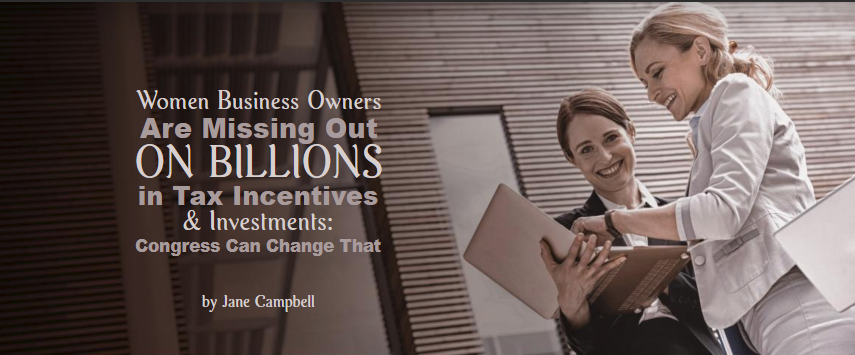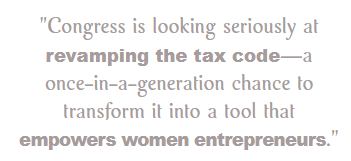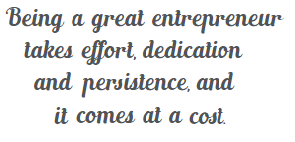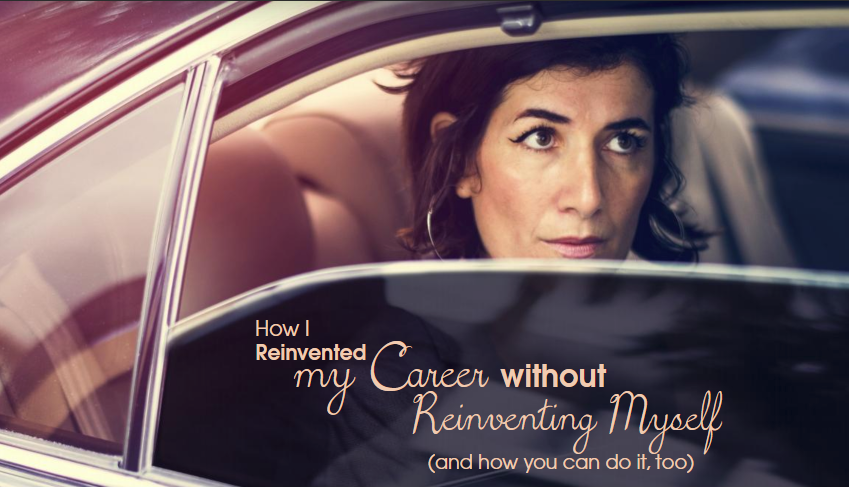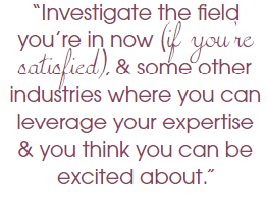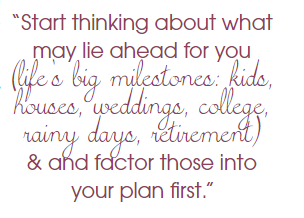The past decade has taught us a great deal about housing loss and preservation. Many of us were personally affected, or know someone affected, by the 2007-08 economic downturn period our country experienced.
There have been several lessons learned. Most of all, we learned that too many U.S residents have too much debt and lack the necessary reserves to weather the slightest bump in their financial lives.
History will argue about what went wrong and who to blame. There were lots of mistakes but there were several good lessons. One was the reminder of the value and need for nonprofit housing advocates, educators and counselors.
We learned that homeowners and homebuyers who took advantage of homeownership, credit and financial literacy counseling fared far better during the housing and economic crisis and avoided foreclosure and delinquency more than homeowners who did not. We learned that pre-purchase education, credit and budgeting courses prevented many homebuyers from buying more than they could afford and taught them to avoid the pitfalls of over leveraging their home and excessive debt.
Continue reading

 Login
Login



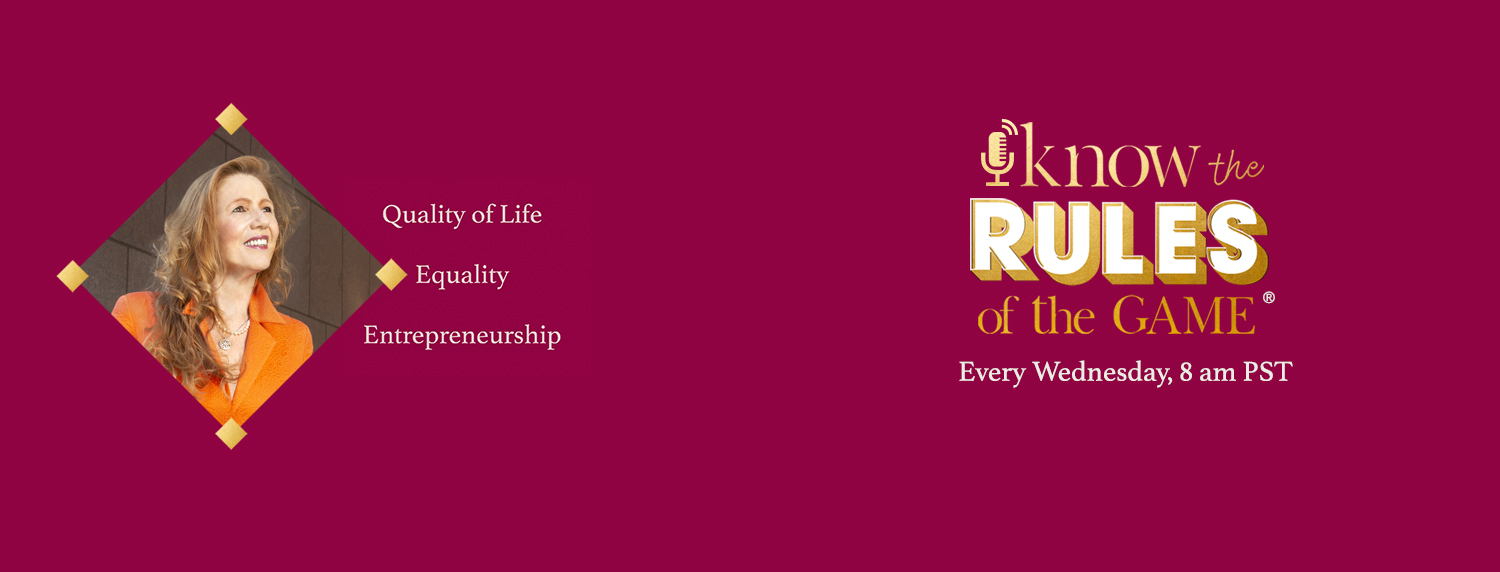
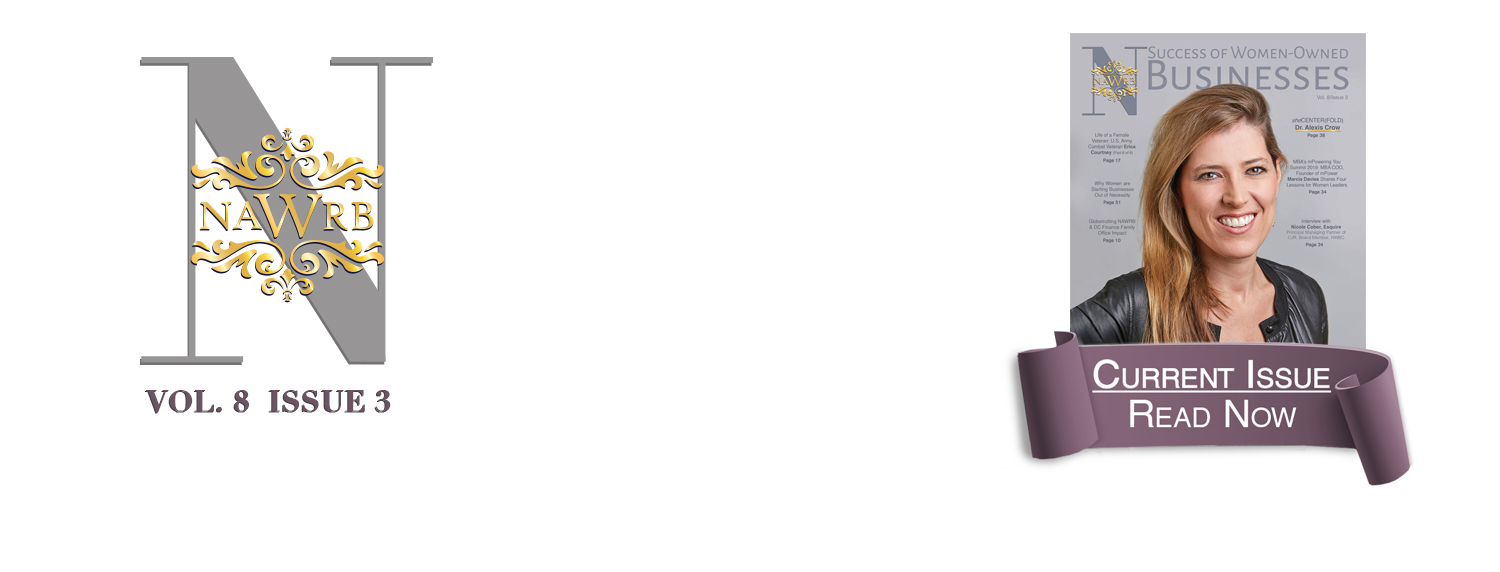
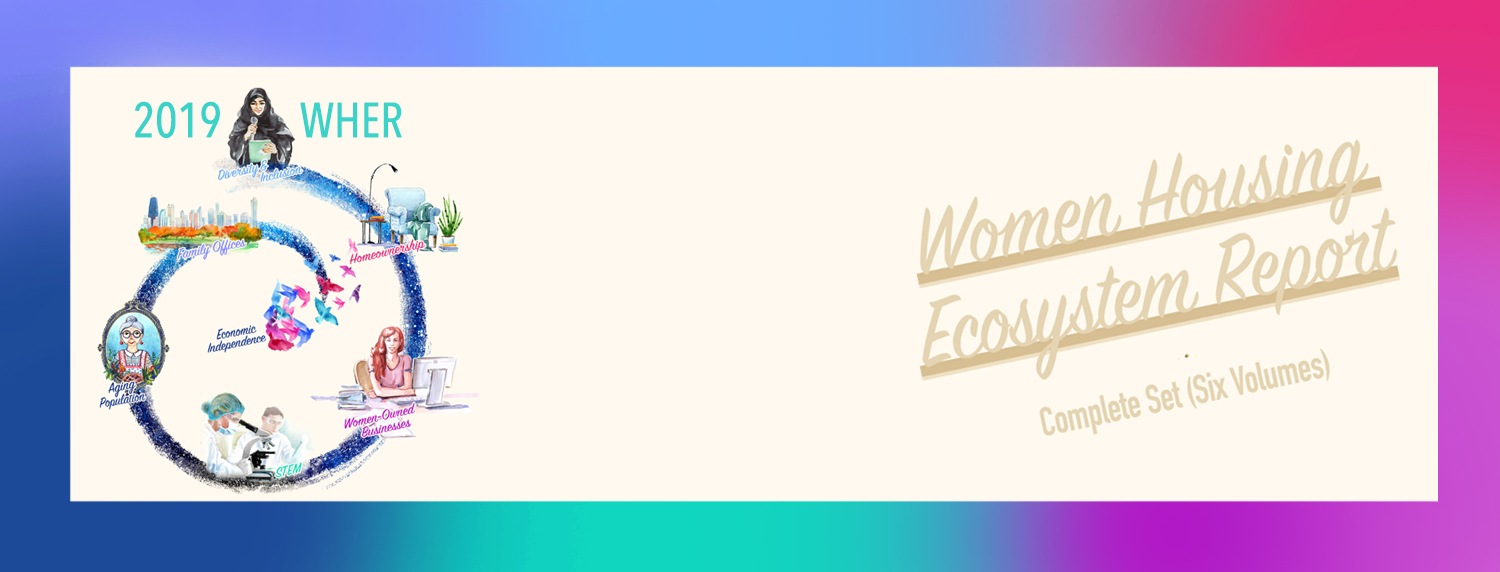







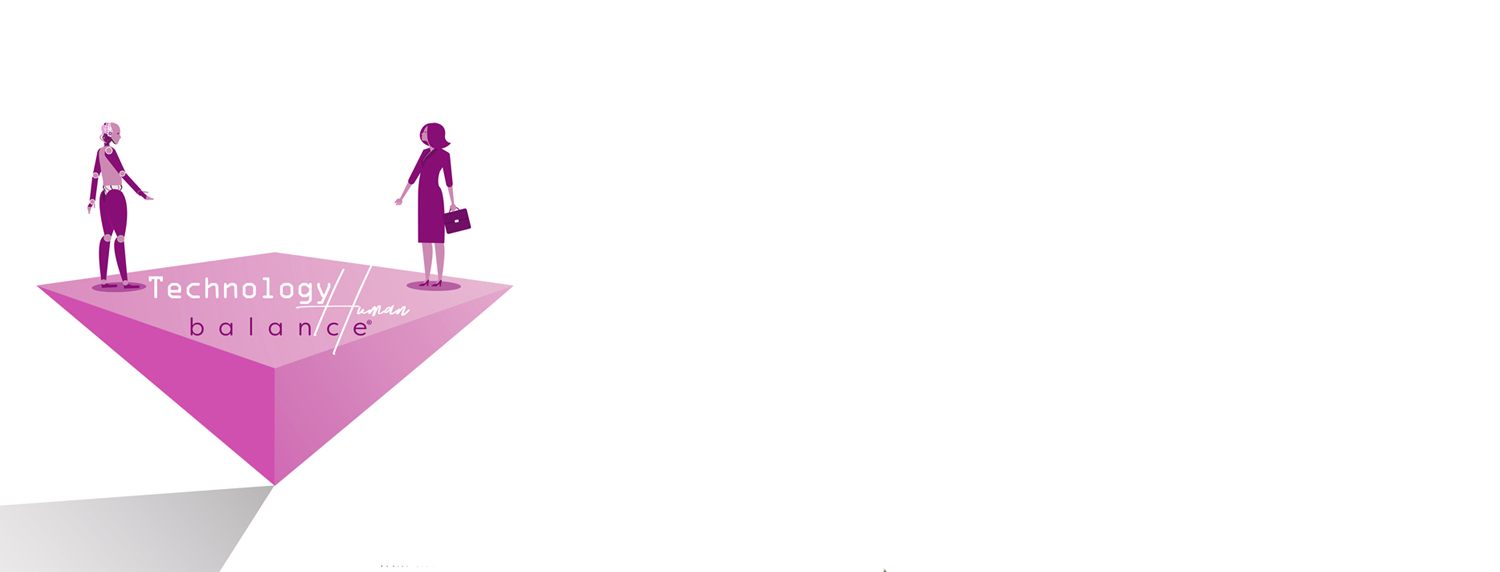



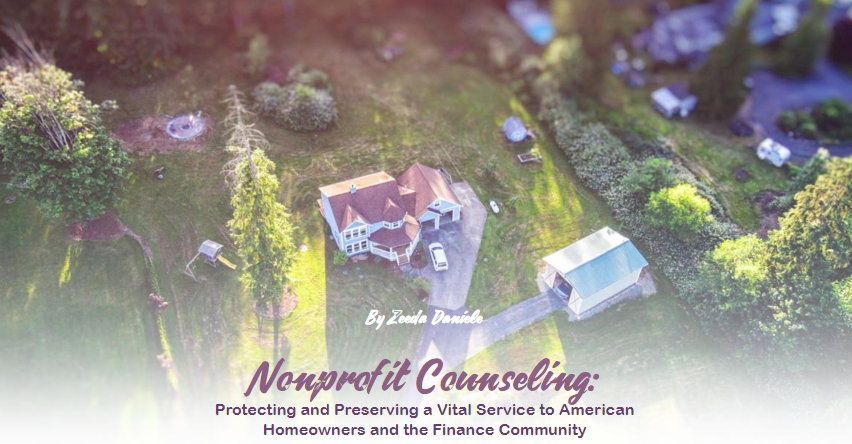
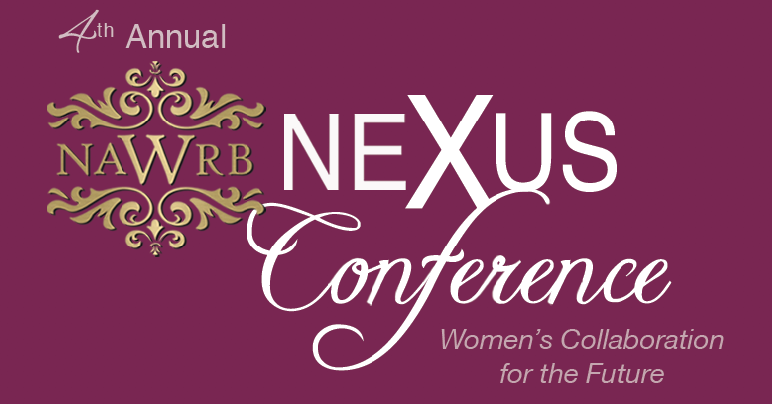
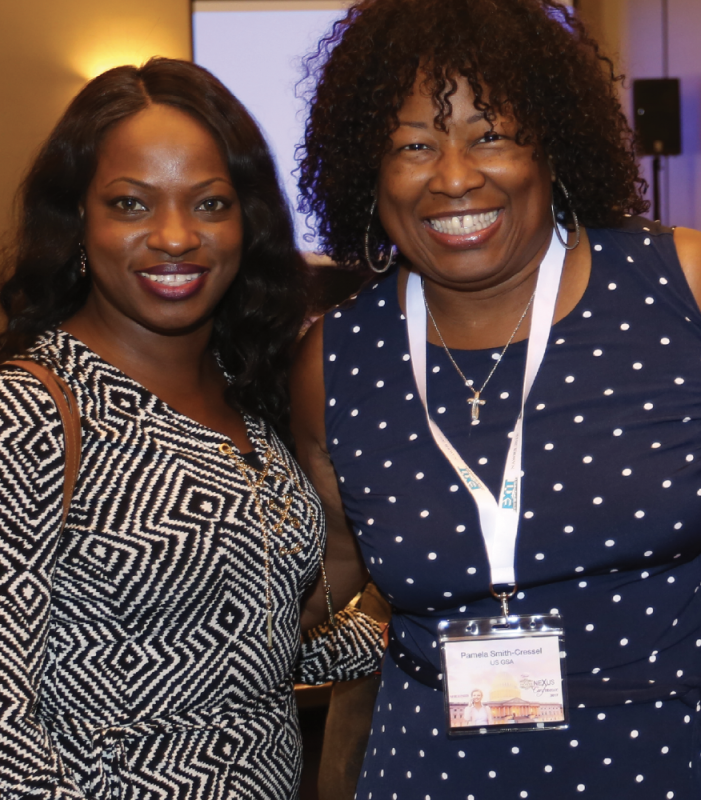 The excitement was palpable as attendees filtered into the Hilton Orange County/Costa Mesa and settled into their seats next to future strategic partners and collaborators. Desirée Patno, NAWRB CEO and President, kick-started the event by recognizing the hard work that went into making the conference possible and the professionals who made time in their busy schedules to be a part of the diversity and inclusion (D&I) movement.
The excitement was palpable as attendees filtered into the Hilton Orange County/Costa Mesa and settled into their seats next to future strategic partners and collaborators. Desirée Patno, NAWRB CEO and President, kick-started the event by recognizing the hard work that went into making the conference possible and the professionals who made time in their busy schedules to be a part of the diversity and inclusion (D&I) movement.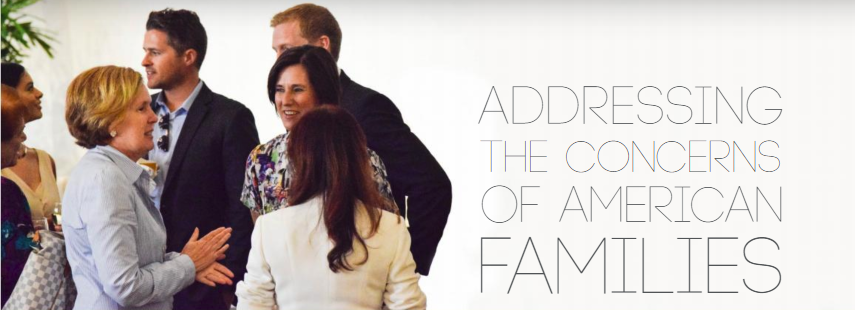
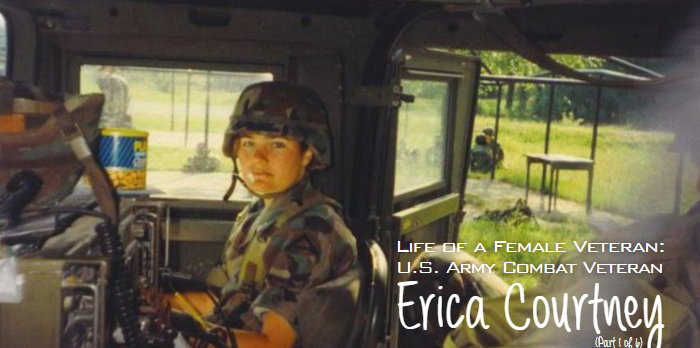
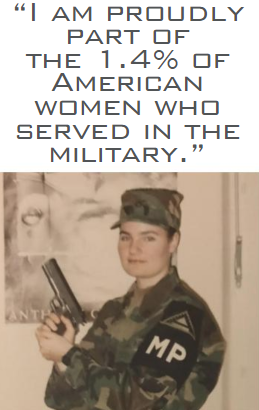
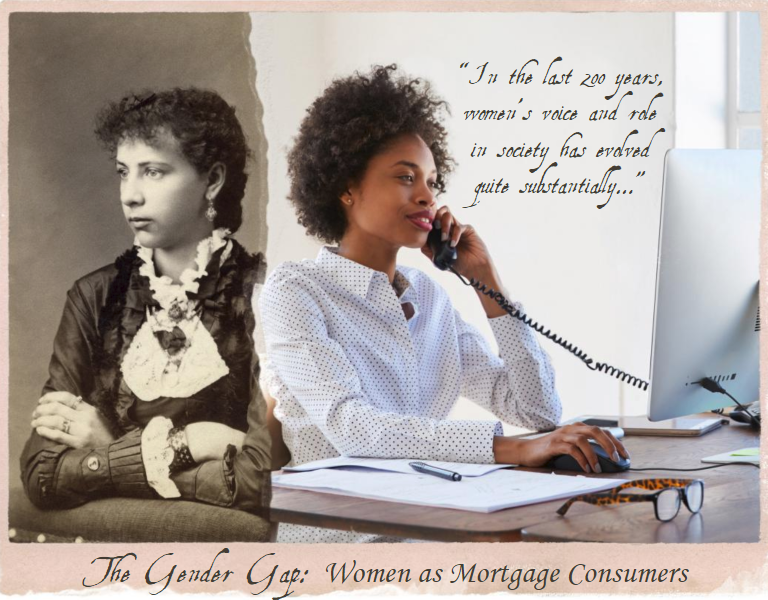
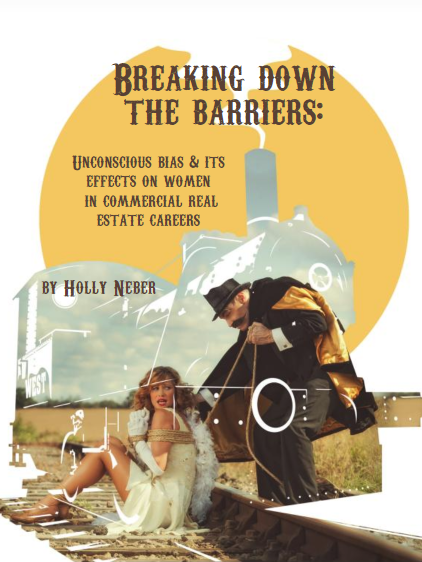 According to research published last year by the Commercial Real Estate Women (CREW) Network, the industry median annual compensation for women in commercial real estate fields is $115,000, compared with $150,000 for men—an income gap of 23 percent. The gap is actually widest in the C-suite at nearly 30 percent. While there are examples of women being intentionally paid less for the same role, it is likely that a large part of the difference can be explained due to unconscious bias.
According to research published last year by the Commercial Real Estate Women (CREW) Network, the industry median annual compensation for women in commercial real estate fields is $115,000, compared with $150,000 for men—an income gap of 23 percent. The gap is actually widest in the C-suite at nearly 30 percent. While there are examples of women being intentionally paid less for the same role, it is likely that a large part of the difference can be explained due to unconscious bias.